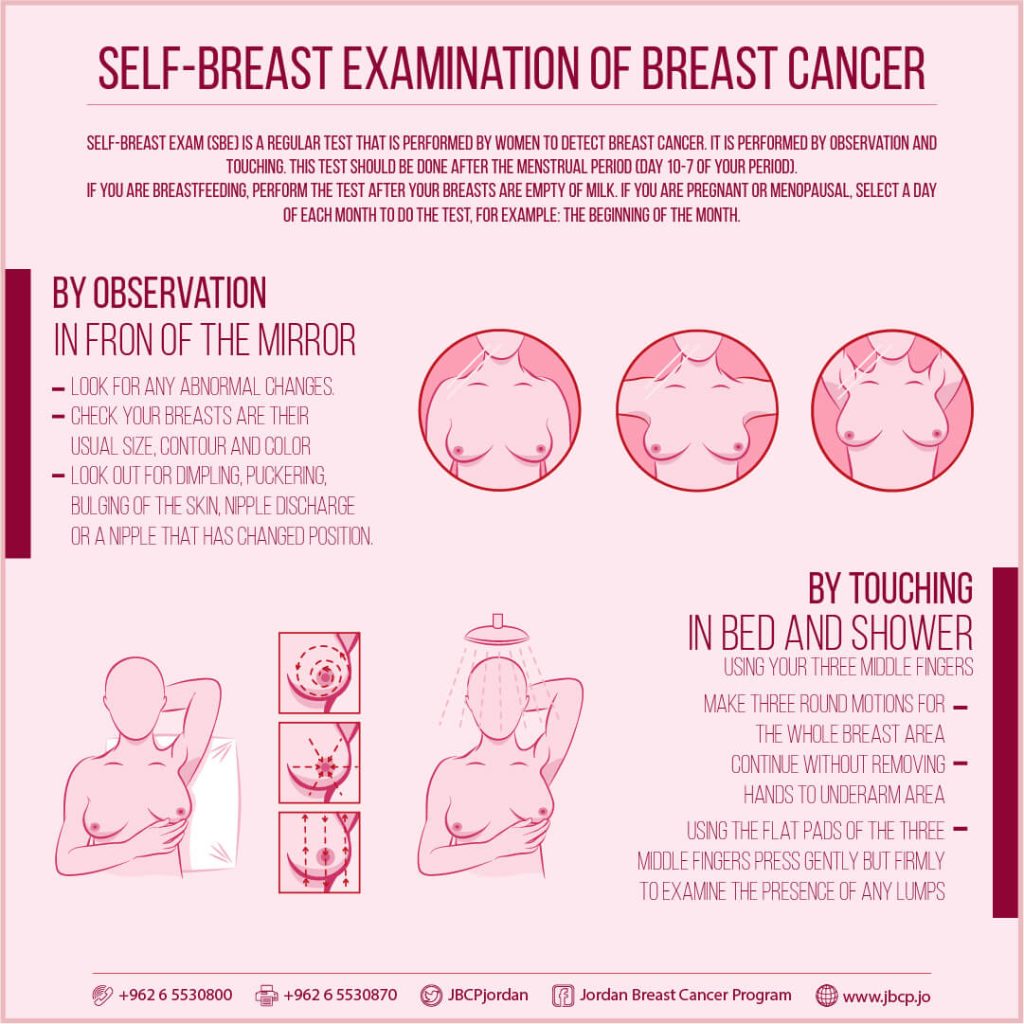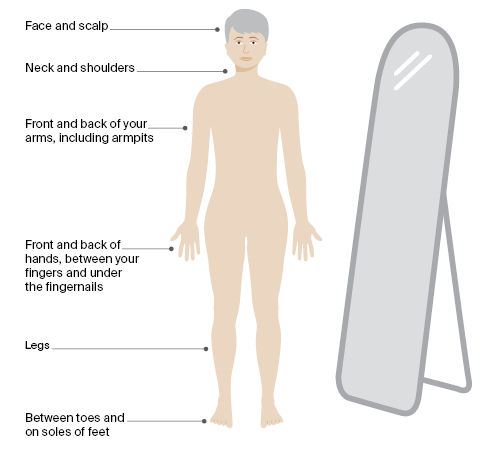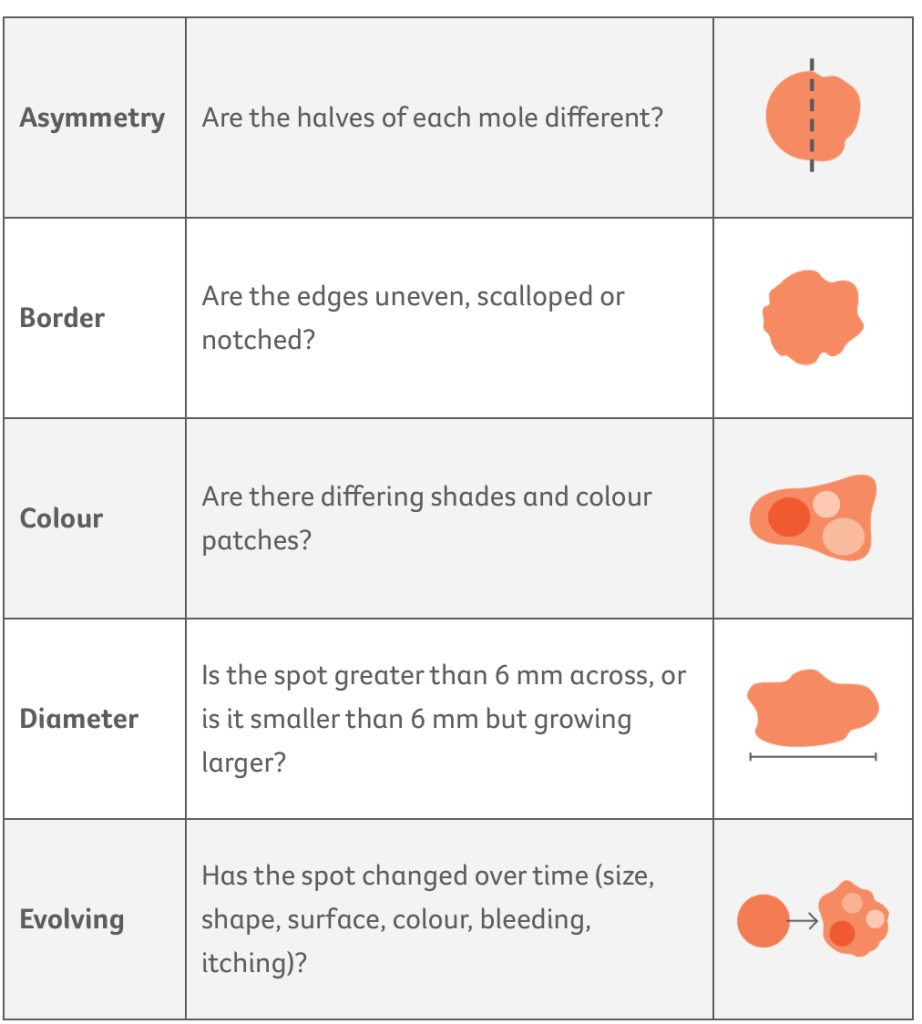We know that health checks are often recommended as we age but why do we need them?
Why are health checks important?
Health checks are vital in the early detection of a variety of diseases and conditions, allowing treatment to occur before the conditions has developed significantly which may improve your outcomes.
These checks may also detect if you have any existing risk factors and if these are modifiable, a health professional may suggest different ways to prevent the development of disease.
When do we need them?
When to get a health check and how frequently we re-check is often specific to each type of check and sometimes to each individual.
If you are at a higher risk of developing a health condition (e.g. diabetes), due to family history, multiple risk factors or other reason, you should be getting health checks (e.g. blood sugar tests) more frequently than the recommended amount.
If you notice any symptoms appearing, you should get a health check even if you haven’t reached the recommended age or frequency between screenings.
Heart Screening:
Heart checks are recommended every 2 years from 45 years old, or 35 years old for Aboriginal and Torres Strait Islanders. You can also ask for a heart check following the onset of any heart symptoms or if you have any concerns.
- Symptoms to look out for: chest pain, dizziness, shortness of breath and signs of poor circulation such as swollen legs.
Blood Pressure:
Every 2 years from 18 years old.
Diabetes Screening:
Every 3 years from 45 years old.
- Symptoms to look out for: urinating more often, feeling more thirsty or hungry than usual, pins and needles in your hands or feet, unexplained weight loss, blurry vision and fatigue.
Bowel Screening:
Every 2 years from 50 years old.
- Symptoms to look out for: blood in your stool, change in bowel habits including frequency and consistency, unexplained abdominal pain.
Breast Screening:
Self check regularly (approximately once a month) and mammograms every 2 years from 50 years old.

- Symptoms to look out for: changes in the feel of your breast, formation of lumps in your breast or armpit, new pain, dimpling of the breast and changes in the size, shape or skin of your breast.
Cervical Screening:
Every 5 years from 25-74 years old.
- Symptoms to look our for: bleeding or discharge from the vagina that is different from normal, including timing, frequency, amount or colour.
Prostate Screening:
Blood test every 2 years from 50 to 69 years old, or from 40 years old if you have a family history.
- Symptoms to look out for include: urinating more often, painful or difficulty urinating, blood in your urine or semen, pain in your back, hips or pelvis.
Skin Check:
Regular self checks, and skin examinations every 6-12 months for people at high risk of skin cancer.


- Symptoms to look our for: development of new spots, changes to existing spots such as colour, texture, and size.
STI Screening:
Dependent on the individual – you should do an STI check regularly when sexually active and between different partners, regardless of whether you have symptoms or not.
- Symptoms to look out for: rash or sores on the body, swollen lymph nodes, sore throat, fever, muscle aches, and fatigue.
Cholesterol:
Every 5 years from 45 years old o r35 years old for Aboriginal and Torres Strait Islanders.
Bone Check:
Once a year from 45 years old or following menopause.
- Symptoms to look out for: stiff or tender bones, fractures, unexplained swelling, impaired feeling or movement of your limbs.
Dental Check:
Every 6 to 12 months, regardless of age.
- Symptoms to look out for: pain, sensitivity or discolouration of your teeth or inflammation of your gums.
Eye Test:
Every 1 to 2 years if you don’t notice any changes in vision and do not have risk factors for glaucoma.
- Symptoms to look out for: changes in your vision such as blurriness, floaters or loss of vision.
Hearing Test:
Every year from 65 years old.
- Symptoms to look out for: ringing in your ears, difficulty hearing what people say, difficulty hearing in a crowded place or over background noise, frequently needing to turn up the volume on the tv or your phone.
Mental Health Screening:
On the onset or worsening of symptoms such as sadness, anxiety, irritability or becoming withdrawn.
Make your health your top priority in 2024.
Find more health tips here.
Book an appointment with us here or call us on 9651 5559.
Sources:
Cancer Council. Testing for prostate cancer. https://www.cancervic.org.au/cancer-information/screening/prostate-health/prostate-testing#:~:text=If%20you%20are%2050–69,starting%20from%20age%2040–45.
Cancer Council. 2023. Bone cancer. https://www.cancer.org.au/cancer-information/types-of-cancer/bone-cancer
Centre for Disease Control and Prevention. https://www.cdc.gov
Jean Hailses for Women’s Health. Health checks for women. https://www.jeanhailes.org.au/resources/health-checks-for-women
